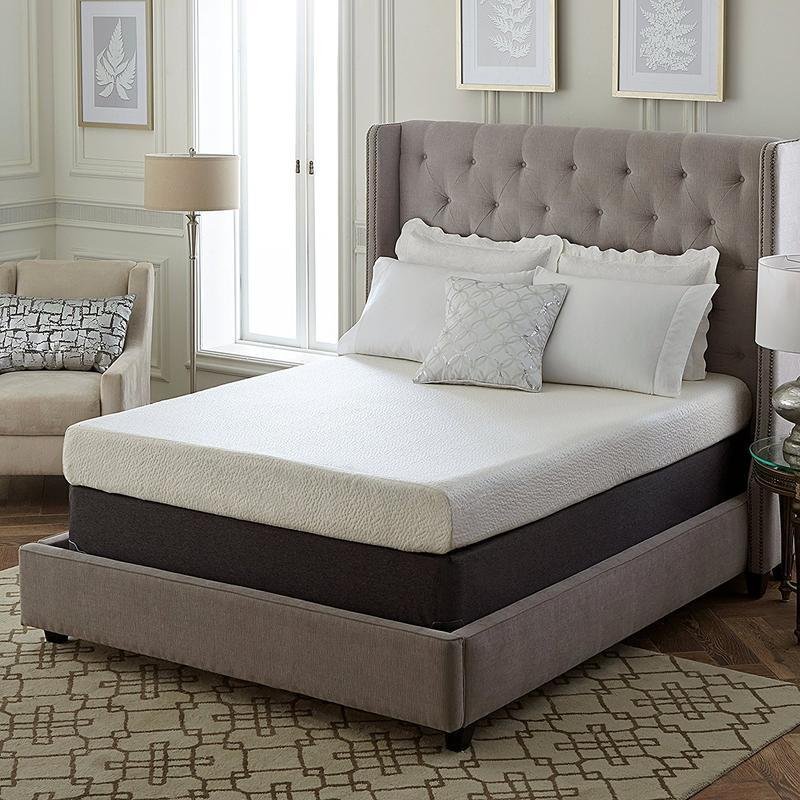Mattresses
Polyurethane foam is one of the most commonly used materials in the mattress industry, known for its comfort, support, adaptability, and cost-effectiveness. It serves as a core material or comfort layer in many types of mattresses, including all-foam, hybrid, and spring-based mattresses.
Description
Types of Polyurethane Foam Used in Mattresses
| Type | Characteristics | Best For |
| Conventional PU Foam | Soft, budget-friendly, decent comfort | Guest beds, children’s mattresses |
| High-Resilience (HR) Foam | Durable, bouncy, responsive support | Premium mattresses, daily use |
| Memory Foam | Viscoelastic, body-contouring, slow response | Pressure relief, motion isolation |
| Gel-infused PU Foam | Cools down traditional memory foam, enhances airflow | Hot sleepers |
Comfort Layer: Soft or medium-density PU foam is used in the upper layers of mattresses to provide initial plushness and pressure relief, and it can be shaped to enhance airflow and temperature regulation.
Support Core: High-density polyurethane foam forms the base layer of all-foam mattresses, providing essential structure, support, spinal alignment, and long-term durability.
Transition Layer: Placed between soft comfort foam and the support core to gradually shift firmness and improve motion isolation.
Edge Support: High-density PU foam is used around mattress borders to reinforce edge support and prevent sagging.
Comfort Customization: Different densities and firmness levels available.
Excellent Pressure Relief: Especially in memory foam formulations.
Motion Isolation: Ideal for couples.
Durability: High-resilience foam lasts longer and resists sagging.
Lightweight: Easier to transport and set up.
Affordable: More economical than latex or innerspring systems.
PU foam used in mattresses must meet health and safety standards. Look for:
CertiPUR-US® certification (low VOCs, no formaldehyde, phthalates, or heavy metals)
OEKO-TEX® certification for fabric and cover materials
Fire-retardant treatment in compliance with local regulations






